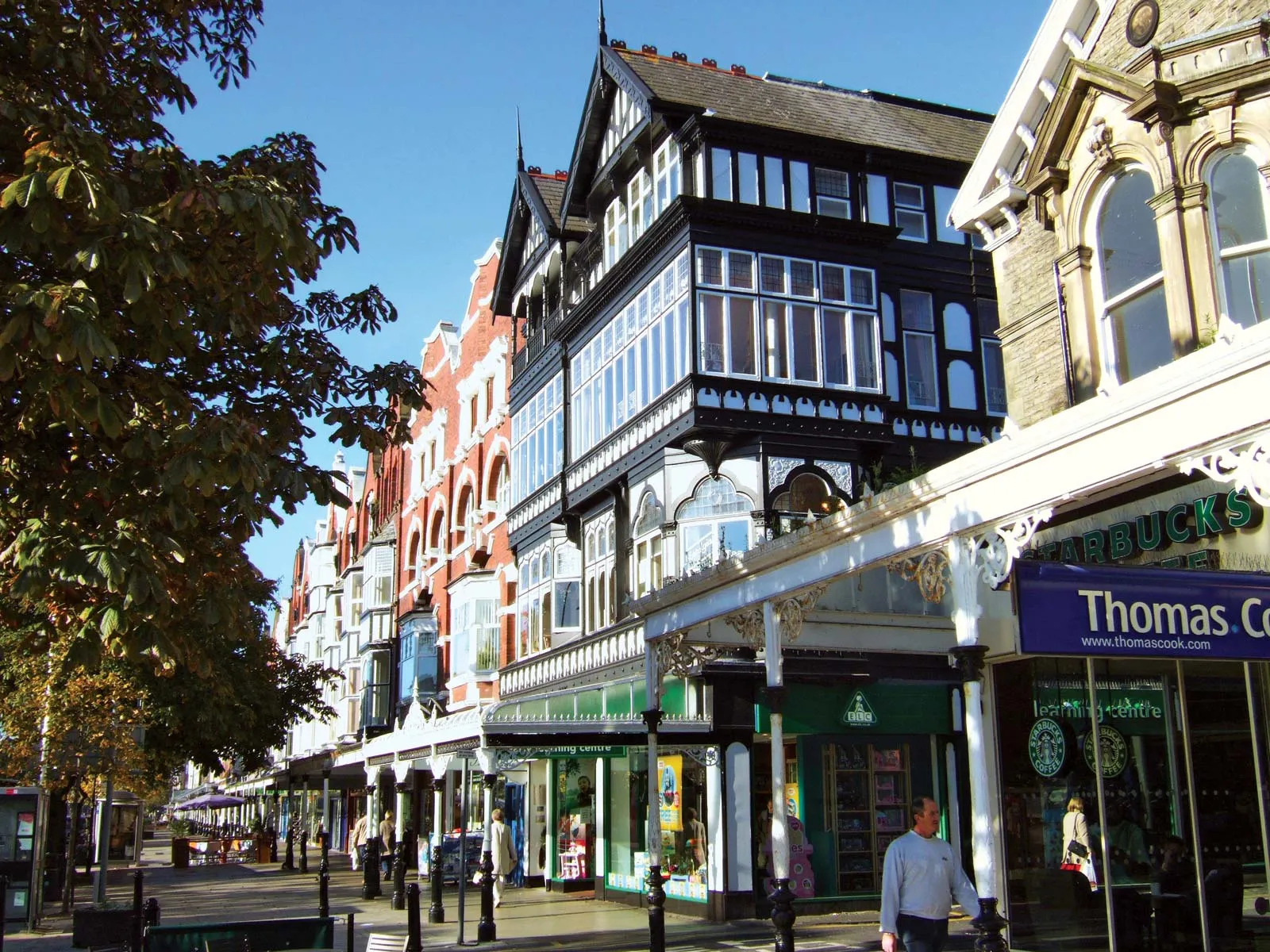Southport, GB: A Coastal Gem of the North West
Situated in the county of Merseyside, Southport boasts a rich history that blends traditional British seaside resort culture with modern attractions. The town has evolved from a quiet fishing community into a bustling tourist destination, while still preserving its tranquil atmosphere and elegant architecture.
This article offers a detailed exploration of southport gb past, present, and future, covering its history, geography, economy, cultural significance, and the various attractions that make it a standout destination for visitors and locals alike. With its combination of natural beauty, historic landmarks, and a welcoming community, Southport offers much more than just a traditional seaside resort experience.
Historical Background of southport gb
In 1792, the town began to emerge as a holiday destination when local hotelier William Sutton opened Southport’s first hotel, the Original Hotel, on the site of what is now Lord Street. This decision set the stage for the town’s transformation into a popular holiday retreat for the growing middle class during the Industrial Revolution.
The 19th century was a period of rapid growth for southport gb. The town’s popularity increased, particularly due to its appeal as a peaceful and picturesque alternative to the more crowded coastal resorts of Blackpool and Brighton. As the town grew, it attracted visitors from the nearby industrial hubs of Liverpool and Manchester, who sought to escape the bustle of city life and enjoy the seaside air.
Southport’s golden era as a resort town reached its peak in the late Victorian and Edwardian periods.
Geography and Climate
southport gb enjoys a prime location on the Sefton coast, nestled between Liverpool to the south and Preston to the north. The town lies approximately 16.5 miles north of Liverpool and 15 miles southwest of Preston, making it easily accessible from both cities via road and rail. Southport is part of the Merseyside metropolitan county, but it has strong ties to the neighboring county of Lancashire due to its proximity.
The town’s location on the Irish Sea means that it experiences a temperate maritime climate, characterized by mild winters and cool summers. Average temperatures in Southport range between 3°C (37°F) in winter and 19°C (66°F) in summer, with rainfall spread relatively evenly throughout the year.
Southport’s beaches are among its most prominent natural features. The town’s shorelines are vast and flat, with the tide often receding several miles, leaving behind expansive sandy plains. The beach is a popular destination for recreational activities such as walking, kite flying, and beach sports, and it offers stunning views of the sunset over the Irish Sea.
Demographics
As of the most recent census, Southport has a population of around 91,000 residents, making it one of the larger towns in Merseyside. The town’s population is predominantly white British, though in recent years, Southport has seen a gradual increase in the number of residents from diverse ethnic backgrounds. The town’s economy, culture, and demographics are heavily influenced by its status as a resort town, with a significant portion of its population employed in the tourism, hospitality, and retail sectors.
Southport’s population also skews older than the national average, with a higher proportion of retirees and elderly residents. This is partly due to the town’s reputation as a peaceful and pleasant place to live, attracting retirees from across the UK. Despite this, Southport maintains a vibrant community of families and young professionals who appreciate the town’s combination of urban amenities and natural beauty.
Economy and Industry
Southport’s economy has historically been driven by its tourism industry, and this remains the case today. The town’s coastal location, natural attractions, and Victorian charm have long made it a popular holiday destination. Hotels, bed-and-breakfasts, and guest houses line the town’s streets, catering to the influx of visitors during peak tourist seasons. Tourism-related businesses such as restaurants, cafés, gift shops, and entertainment venues also contribute significantly to the local economy.
In addition to tourism, Southport’s economy is supported by a range of other industries, including retail, healthcare, and education. Lord Street, the town’s main shopping thoroughfare, is home to a mix of high-street chains, independent boutiques, and dining establishments, making it a central hub for commerce in Southport. The retail sector provides employment opportunities for many residents, as does the local healthcare industry, which serves both the town’s permanent population and its seasonal visitors.
Southport has also positioned itself as a center for conferences and events, with venues such as the Southport Theatre and Convention Centre hosting a variety of national and international events throughout the year. This aspect of the economy brings in additional revenue and supports local businesses that cater to event attendees.
Attractions and Landmarks
Southport is renowned for its many attractions, both historical and modern. Visitors are drawn to the town for its unique blend of coastal beauty, Victorian architecture, and leisure activities. Some of the most notable attractions in Southport include:
Southport Pier
One of the most iconic landmarks in the town, Southport Pier is the oldest iron pier in the country, stretching nearly a mile into the Irish Sea. Visitors can walk the length of the pier, taking in panoramic views of the coastline and the sea. At the end of the pier, there is a traditional pavilion housing a café and arcade games, offering a nostalgic glimpse into the classic British seaside experience.
Lord Street
Lord Street is often referred to as one of the most beautiful streets in the UK. Its wide, tree-lined boulevard is home to a range of shops, restaurants, and cafés, and its elegant Victorian architecture is a major draw for visitors. The street has a unique history; it is said that Lord Street’s design influenced Napoleon III when he later redeveloped the boulevards of Paris during his time in exile in Southport.
Hesketh Park
Hesketh Park is one of Southport’s largest and most popular green spaces. This Victorian-era park offers beautifully landscaped gardens, a large lake, nature trails, and a range of recreational facilities, including tennis courts and a children’s playground. The park is a peaceful retreat for both residents and visitors, and it plays host to a variety of events throughout the year.
Botanic Gardens
Located in the nearby village of Churchtown, Southport’s Botanic Gardens are a hidden gem, featuring a wide range of plant species, formal gardens, and ornamental lakes. The gardens also house a small museum and aviary, making them a family-friendly destination.
The Atkinson
The Atkinson is Southport’s cultural hub, comprising a museum, art gallery, library, and theatre. It hosts a range of exhibitions, performances, and workshops throughout the year, celebrating both local and national art, history, and culture. The Atkinson is a key part of Southport’s identity as a cultural destination, offering something for all ages and interests.
Transport and Connectivity
Southport’s accessibility has long been one of its key assets, making it a popular destination for day-trippers and holidaymakers alike. The town is well-connected by road and rail, with regular train services to Liverpool, Manchester, and other major cities. Southport railway station serves as the town’s primary transportation hub, offering frequent services to Liverpool Central, Manchester Piccadilly, and Wigan.
For those traveling by car, Southport is easily accessible via the A565, which connects the town to the wider motorway network, including the M58 and M6. Additionally, Southport’s proximity to Liverpool John Lennon Airport and Manchester Airport provides further connectivity for both domestic and international visitors.
Education and Schools
Southport boasts a range of educational institutions, from primary schools to colleges, ensuring that residents have access to quality education.
Southport College is the town’s main further education institution, offering a wide range of vocational and academic courses. The college serves both young students and adult learners, providing opportunities for professional development and higher education.
Challenges and Future Development
Like many traditional seaside towns, Southport faces challenges in maintaining its appeal amid changing tourism trends and economic pressures. The rise of international travel has led to a decline in domestic seaside holidays, impacting towns like Southport that rely heavily on tourism. However, the town has made concerted efforts to adapt to these changes by diversifying its attractions and modernizing its infrastructure.




Post Comment